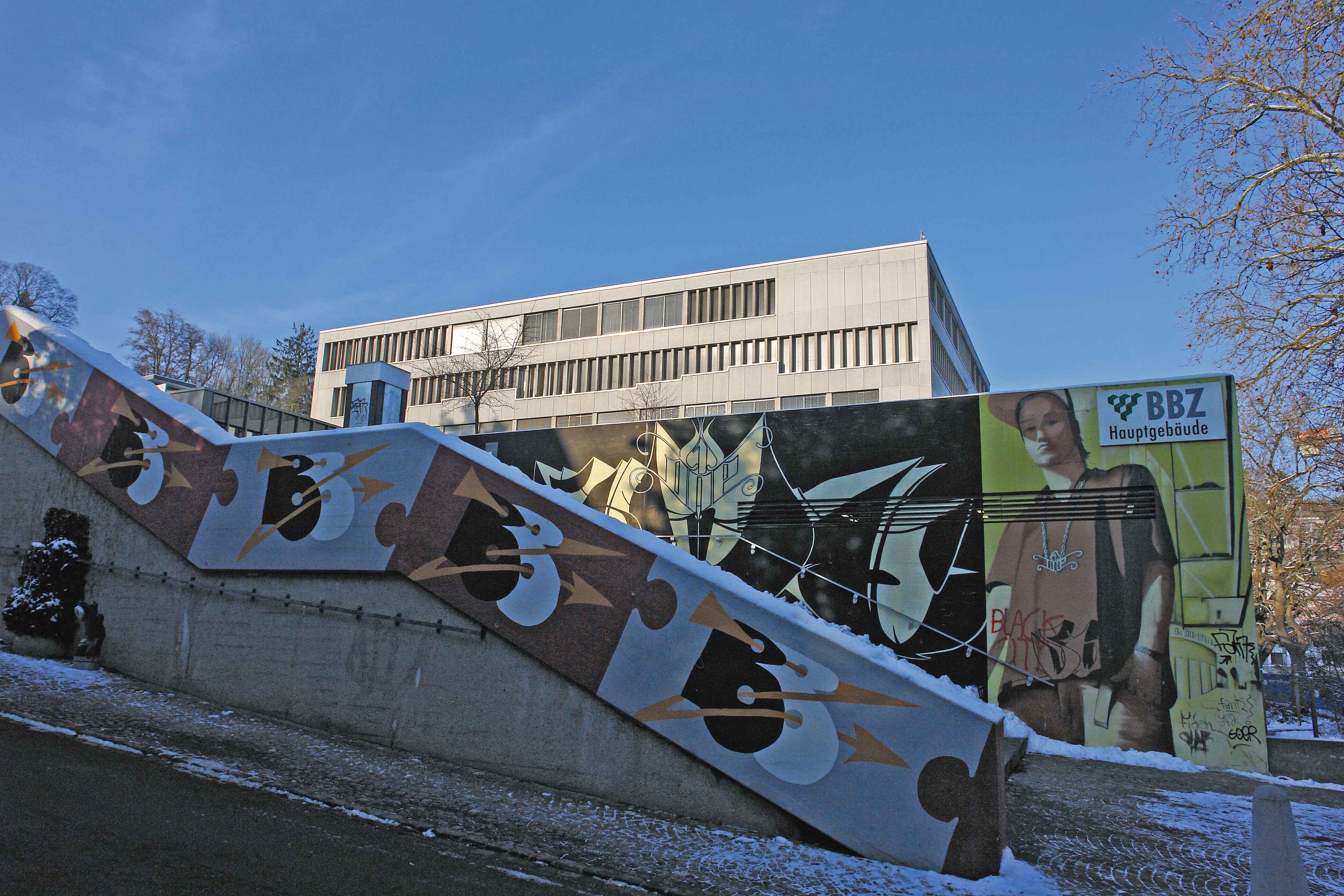
TRAINING AND FURTHER EDUCATION
HIGHER-LEVEL SCHOOLS AND VOCATIONAL TRAINING – SECONDARY LEVEL II
After obligatory schooling, young people can attend a higher-level school or complete a vocational apprenticeship. The vocational qualification forms a fundamental part of the Swiss education system.
The basic vocational education serves to acquire the skills and knowledge that are necessary to carry out a profession. Switzerland has the so-called “dual” education system. That is the parallel apprenticeship in a company and at a vocational college. Around 70% of all young people start their vocational career by this means. The requirement for a vocational apprenticeship is an apprenticeship contract with a company. A distinction is made between two basic types of vocational education:
1..Federal Vocational Education and Training Diploma: the three-to-four-year basic training usually concludes with an apprenticeship completion examination and leads to a Federal diploma. The Federal Vocational Education and Training diploma, together with completion of an extended general education, leads to the Federal Professional Baccalaureate.
2. Federal Vocational Education and Training Certificate: the two-year basic training usually concludes with an examination and results in the federal vocational certificate. It is designed in such a way that the courses offered take particular account of students with practical talents.
The Federal Professional Baccalaureate can be completed at the same time as the apprenticeship after the apprenticeship has ended. Attainment of the Professional Baccalaureate means the student can progress to a university of Applied Sciences.
Attendance at the cantonal school (grammar school) with the baccalaureate qualification is the requirement for admission to tertiary education.
After three years of general education and a practical year, the upper secondary technical school offers the Specialised Baccalaureate qualification which entitles the holder to start studying at a university of applied sciences.
The upper secondary commercial school leads to a Federal VET Diploma in Business Administration combined with a Professional Baccalaureate in Business.
FURTHER EDUCATION – TERTIÄRY LEVEL
Switzerland has a broad range of study opportunities. Higher education after vocational training or after grammar school is subject to fees (university, federal institute of technology, university of teacher education, university of applied sciences, college of professional education and training).
INFORMATION AND ADVICE ON CHOICE OF PROFESSION AND FURTHER TRAINING
The vocational information centre (BIZ) is available to the population of Schaffhausen for information and advice relating to choice of profession, choice of course, further career and further training possibilities. The website and BIZ at Herrenacker 9 provide numerous career summaries. Advice can be sought on site; no appointment is required. If there are further questions an appointment will be agreed for a consultation. At consultations, young people gain a better understanding of their interests and abilities and develop an idea of career opportunities. For young people up to the age of 20 and who live in the canton of Schaffhausen, the consultations are free of charge in principle. The careers advice service is open to adults. For people who live in the canton of Schaffhausen the first three consultations of one hour each are free of charge. Further consultations are subject to a fee.
BRIDGING FACILITIES
Those who do not take the direct path to basic vocational training or a further educational establishment after obligatory schooling can attend a bridging facility. The vocational information centre (BIZ) advises you on selecting the right offer. Schaffhausen vocational education centre (BBZ) offers different models in the vocational preparation year. For foreign young people who have not attended obligatory schooling in Switzerland, or only briefly, there is a two-stage education scheme in the canton of Schaffhausen. The first phase takes place as part of the Swiss Worker’s Relief Agency (SAH) JUMA basic education programme, with the aim of transferring to the BBZ’s vocational education-orientated integration courses. The integration courses are run as a full-time model or as a dual model as part of a pre-vocational integration course, combining work and training at the same time. The goal of these facilities is to facilitate entry into basic vocational training in Switzerland.